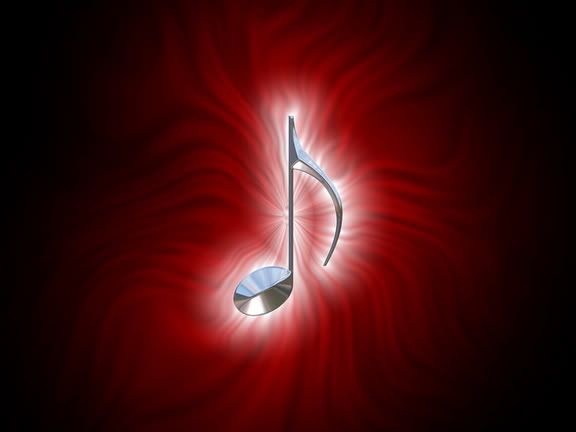
Notation is the written expression of music notes and rhythms on paper using symbols. When music is written down, the pitches and rhythm of the music is notated, along with instructions on how to perform the music. The study of how to read notation involves music theory, harmony, the study of performance practice, and in some cases an understanding of historical performance methods. Written notation varies with style and period of music. In Western Art music, the most common types of written notation are scores, which include all the music parts of an ensemble piece, and parts, which are the music notation for the individual performers or singers. In popular music, jazz, and blues, the standard musical notation is the lead sheet, which notates the melody, chords, lyrics (if it is a vocal piece), and structure of the music. Scores and parts are also used in popular music and jazz, particularly in large ensembles such as jazz "big bands."
 It’s been said that voice is the original instrument, but it’s certainly
come a long way since Gregorian chant. From overtone singing with
amplified pop rocks to the point where speech and surly snarls become
indistinguishable, each of the composers featured on this program have
taken the vocal cords to their outer reaches and beyond. If one thing’s
for sure, it’s that this music will leave you speechless.
It’s been said that voice is the original instrument, but it’s certainly
come a long way since Gregorian chant. From overtone singing with
amplified pop rocks to the point where speech and surly snarls become
indistinguishable, each of the composers featured on this program have
taken the vocal cords to their outer reaches and beyond. If one thing’s
for sure, it’s that this music will leave you speechless.
 "Sheet Music Plus is the BEST! Not only are we able to actually read
the contents of an anthology, but their web-site also allows us to see a
few pages, just to make sure we're ordering the appropriate difficulty
level, and to actually hear a minute or two of a selection as well! Once
an order is placed, which I often do due to the very reasonable
shipping charge, I almost swear it is in my mailbox the next day! The
turn-around service is phenomenal. I've referred several of my musician
friends to Sheet Music Plus and hope they are now enjoying your great
service as much as I do."
"Sheet Music Plus is the BEST! Not only are we able to actually read
the contents of an anthology, but their web-site also allows us to see a
few pages, just to make sure we're ordering the appropriate difficulty
level, and to actually hear a minute or two of a selection as well! Once
an order is placed, which I often do due to the very reasonable
shipping charge, I almost swear it is in my mailbox the next day! The
turn-around service is phenomenal. I've referred several of my musician
friends to Sheet Music Plus and hope they are now enjoying your great
service as much as I do." গগনে পবনে আজি ছড়িয়ে গেছে রঙ
গগনে পবনে আজি ছড়িয়ে গেছে রঙ



